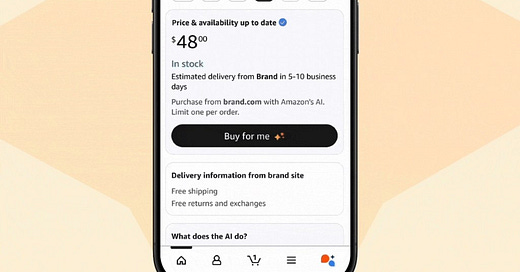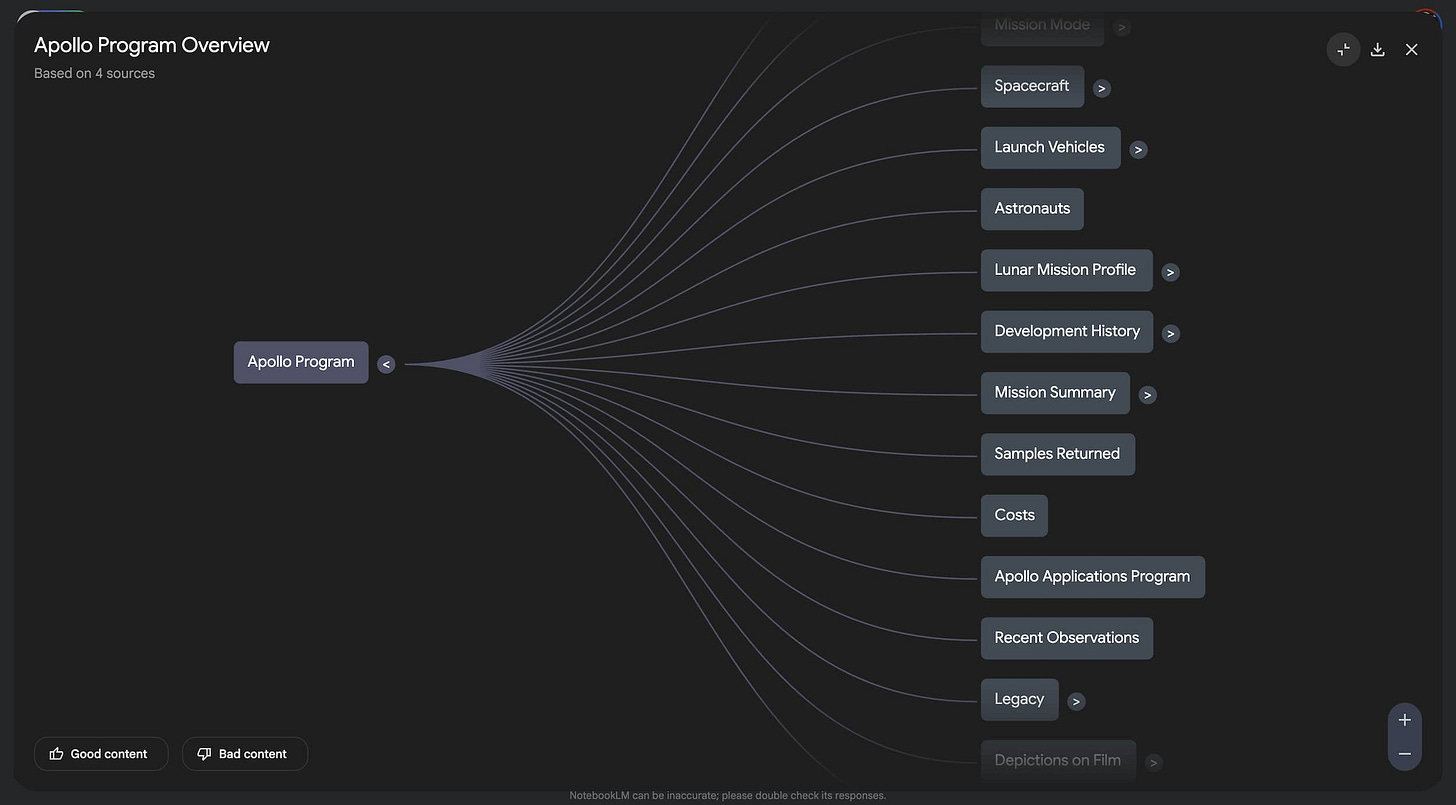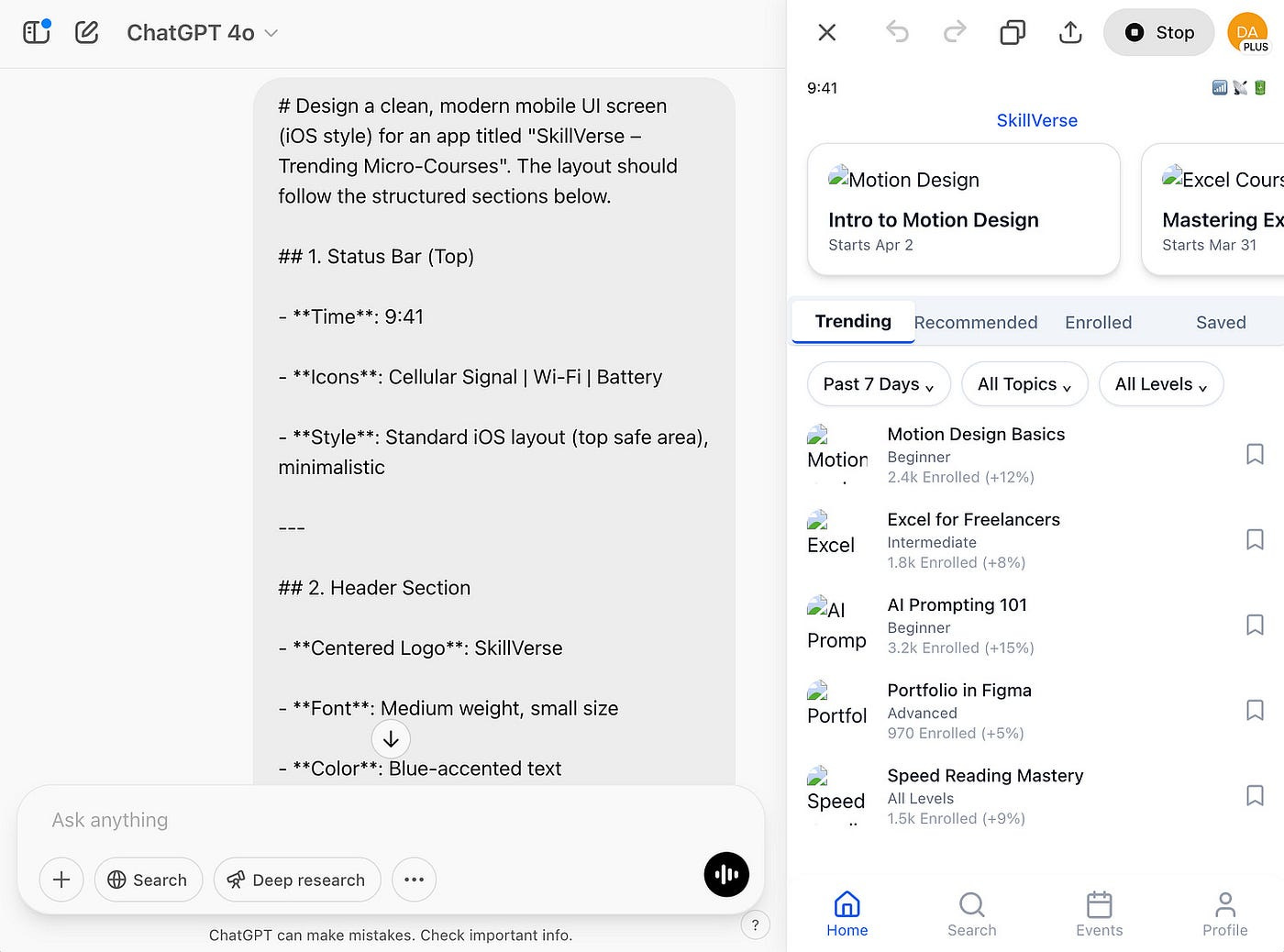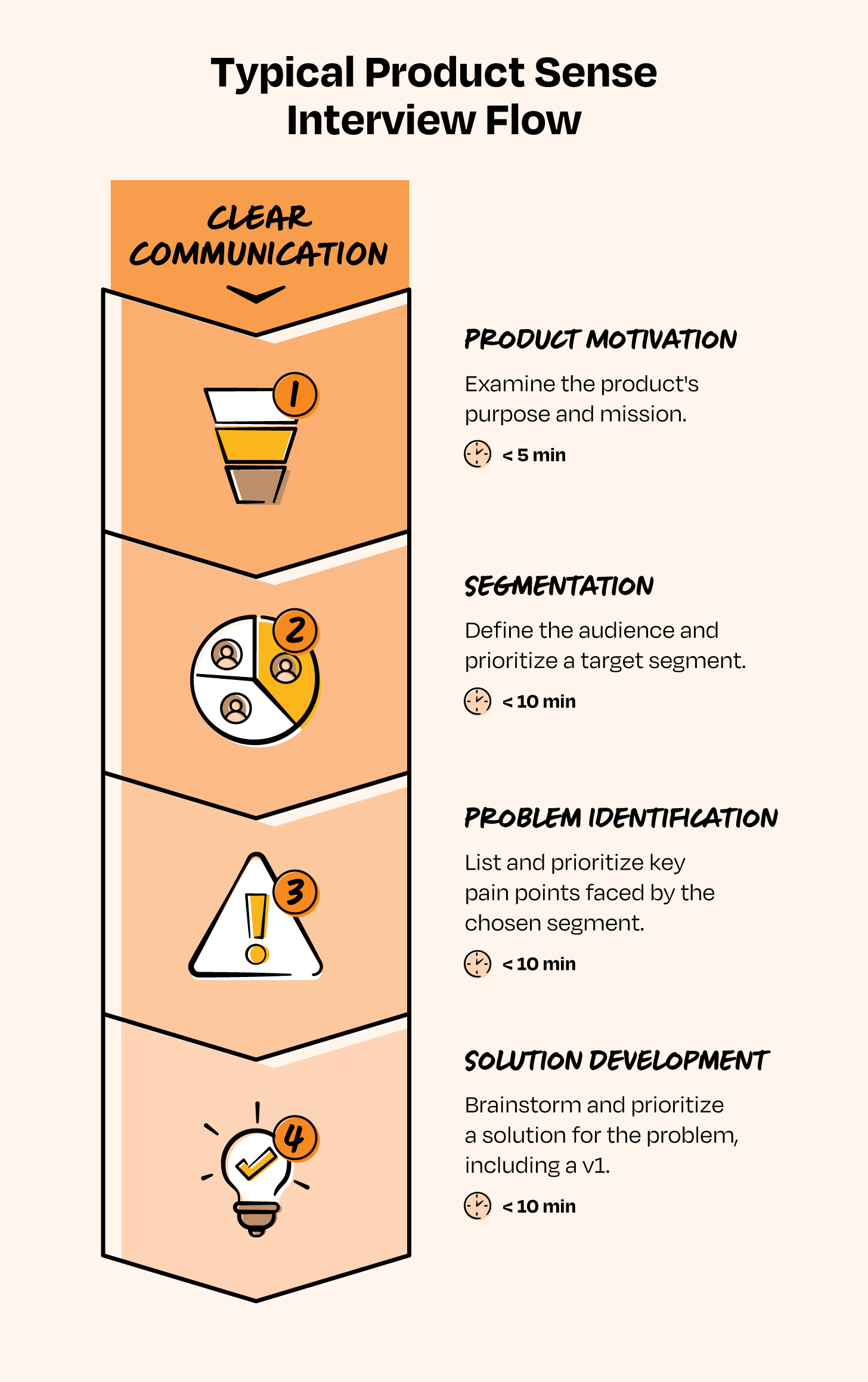el producto #430 🚀
The AI PRD, Amazon bids for TikTok, Amazon's AI Operators, Manus app, Creating UI with ChatGPT, Bundling Products, Mastering Product Sense interviews, & more
Hi folks 👋
Welcome to a new edition of el producto
🎰 The week in figures
$550B: YouTube could now be worth up to $550B, representing 30% of the company’s parent company, Alphabet
$40B: OpenAI closed a $40B round led by SoftBank, at $300B (nearly double its previous valuation)
$16B: Chinese giants like ByteDance and Alibaba have swiftly ordered $16B in Nvidia's H20 AI chips to bypass U.S. export restrictions
700M: OpenAI is experiencing GPU shortages, as 700M+ images are created by 130M users since its Image tool launch, leading to product delays and degraded services
$575M: Fintech Plaid raised $575 at a $6.1B valuation, less than half of the $13B reached 4 years ago. This shift mirrors broader trends in the Fintech sector. When capital was abundant and interest rates low, high-growth Fintechs could secure high valuations
500M: ChatGPT now has 500M weekly active users and has been adding 1M users an hour
$308M: New York-based AI-image startup Runway raised $308M in a new round at about double its valuation from less than two years ago ($3B)
$200M: Replit, the AI 'vibe coding' startup based in San Francisco, is seeking $200M in funding for a $3B valuation
$200M: Sesame, the AI voice startup from Oculus co-founder, is negotiating $200M at over $1B valuation. Aims to expand into personal companions and AI wearables
$146M: Temporal, a Seattle-based microservices platform, raised $146M to boost agentic AI capabilities, at $1.72B post-money. The funds will enhance R&D and sales, supporting its substantial revenue growth despite a recent slowdown
$100M: Visa reportedly offered Apple $100M to make Mastercard the sole network for Apple Pay, escalating competition in the mobile payments space
$30k: OpenAI’s o3 model might be costlier to run than originally estimated, at $30,000 per task. The huge cost is directly related to o3’s computational demands as o3high (the highest configuration of o3) needed 172x more computational power than o3low (the lowest configuration) when processing tasks
75: Trump said that he was giving TikTok another 75 days to get its affairs in order
50%: Wikimedia traffic surged 50% since January 2024 due to AI crawlers scraping content
📰 What’s going on
OpenAI shakes up its model release plans: As Google crows about the success of its Gemini 2.5 model, OpenAI said that it has changed its mind and will release its o3 and o4-mini reasoning models. GPT-5, the much-awaited successor to GPT-4, will land in “a few months,” according to the company
Amazon submitted a last-minute bid to acquire TikTok amid a looming U.S. ban, joining a long list
Amazon has unveiled its take on AI browser operators. Nova Act is a new model designed to perform actions within a web browser. The new SDK allows developers to break down complex workflows into smaller, reliable commands (e.g. search, checkout ) and merge these with more detailed instructions like “don’t accept the insurance upsell.” Amazon says that it has focused on scoring >90% on the most common capabilities that other models fail at like date picking, drop downs and popups
Amazon is testing a new agentic AI-powered shopping feature—called “Buy for Me” which can purchase products from third-party sites, without leaving the Amazon Shopping app—on a small subset of users
Apple Intelligence is now available on the Vision Pro (remember that device?), letting you polish your writing, create custom images, and find photos
Google launched Gemini 2.5 Pro to free users. Its enhancements, integrated deeply within Google's expansive Cloud and Workspace environments, present immediate enterprise implications. Companies can expect powerful new tools for data analytics, market forecasting, and productivity improvements
Google’s NotebookLM rolled out a new Mind Maps feature, which is perfect for scenarios where you want to visualize your thinking or technical concepts/processes you want to understand in more detail. Mind Maps will “transform the key concepts from your sources into an interactive visual map”
Google also shipped a new “Discover Sources” feature for NotebookLM, which is designed to enrich your Notebooks with different sources from the web. Smart way for Google to take its own value-prop (knowledge discovery) and weave it into its newer products
Manus, the AI Assistant that went viral for its “agentic” capabilities, has launched its first mobile app. The app is part of a wider launch of paid tiers, which include two core plans: one priced at either $39 a month or $199 a month
Spotify laid out its new approach for advertisers, which centers on Spotify being the home of active, committed scrolling while users of THOSE OTHER APPS (read: TIkTok and Instagram) are more passive and disengaged. In a chat with the NYT, CBO Alex Nordstrom described Spotify as “more nutritious” than its “high-caloric” rivals
Mastercard rolled out embedded virtual card technology for commercial payments, enabling businesses to issue secure, single-use virtual cards within their platforms
Zelle shut down its standalone P2P payments app, consolidating its services within partner banking apps to simplify user access and reduce redundancy
📚 Good reads
Creating UI with ChatGPT’s new image generator (4o). Xinran Ma shares a useful practical case of refined image creation with ChatGPT (including prompts!), and using Codia AI's plugin to convert generated designs into Figma files
The AI PRD. Miqdad Jaffer, Product Lead at OpenAI, shares a great template specifically designed for PMs developing AI-driven products, emphasizing some of the unique challenges and considerations for AI products (data requirements, user-centric design,…)
AI can synthesize data for you, but should it? AI excels at synthesizing data, offering quick insights by processing large amounts of info. However, there’s a benefit for PM in engaging directly with data to develop deep intuition and understanding. Merely relying on AI will often lead you to missed insights
How should you bundle your products? There’s no shortcut to understanding how your customers use your products and want to buy them; according to a16z, you have to ask. Products seen as "needs" can be included in bundles with less discounting, while “nice-to-haves” may require more aggressive pricing strategies to drive adoption. Nevertheless, continuous testing, feedback, and adjustment are essential to ensuring that bundles meet customer needs without undermining revenue
Offensive analysis. Most orgs prioritize urgent defensive measures, often neglecting the potential of offensive strategies. Elena Verna explains how shifting your data analysis focus from defensive to offensive can help you unveil opportunities beyond survival. E.g. Patreon improved user retention by analyzing successful practices among creators, leading to a new 'Special Offers' product, which resulted in a 40–300% increase in retention among creators who used this feature. Establish a regular time for offensive analytics; you can dedicate specific days for proactive analysis and findings sharing
The nuances of building deep-tech. Celine Halioua, the founder of Loyal, explains how building a deep-tech org requires a unique approach, and traditional startup advice often doesn’t apply. PMs should focus on understanding the complexities of technology development, prioritizing long-term vision, and navigating specialized markets. Patience, strategic hiring, and iterative prototyping are key here
Mastering product sense interviews. Ben Erez shares a great step-by-step playbook to help you ace your PM interview
That’s a wrap for this week! 🌟
I’d love to hear your thoughts—what stood out to you, and how are you thinking about integrating these insights into your product strategy? Reply to this email or drop a comment on Substack to share your take. And if you found this valuable, forward it to a fellow PM, Product enthusiast, startup founder or entrepreneur who’d enjoy the read
See you next week! 👋
Angel







